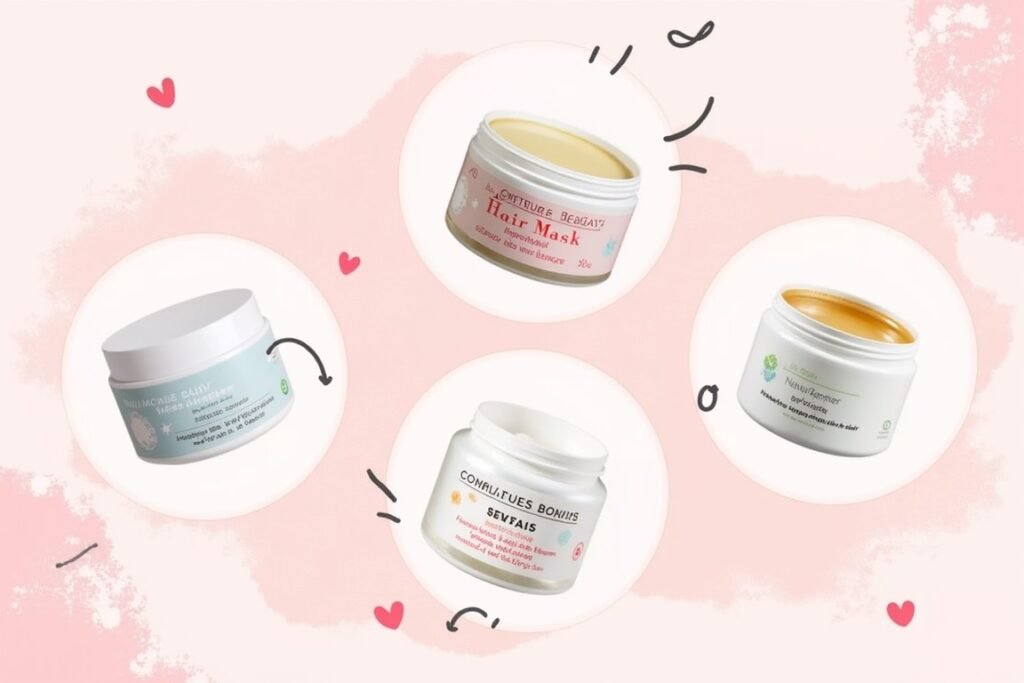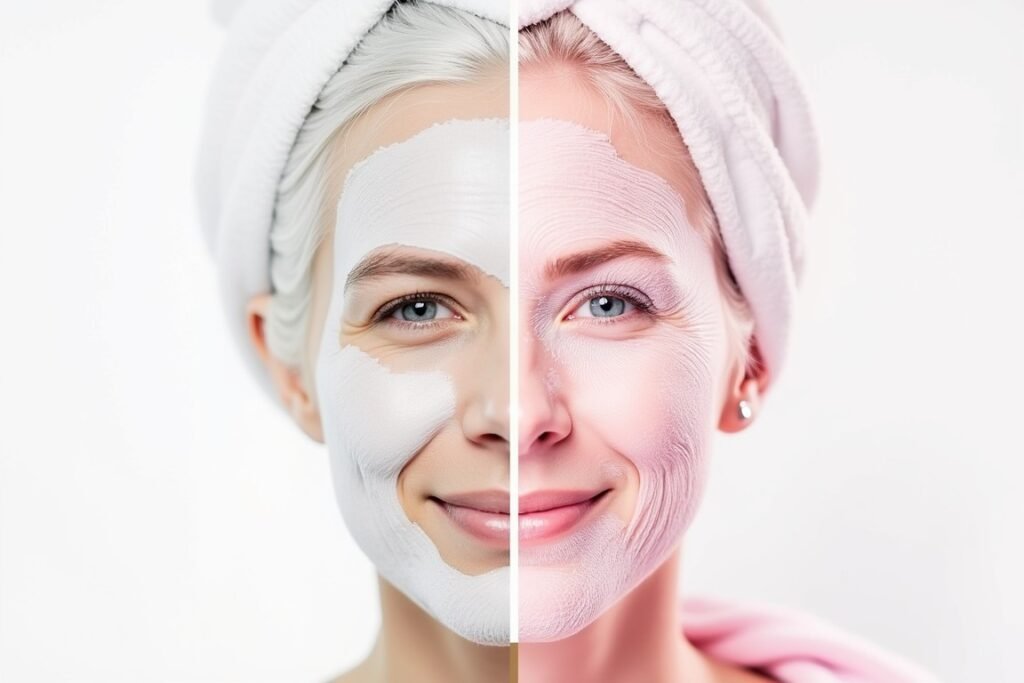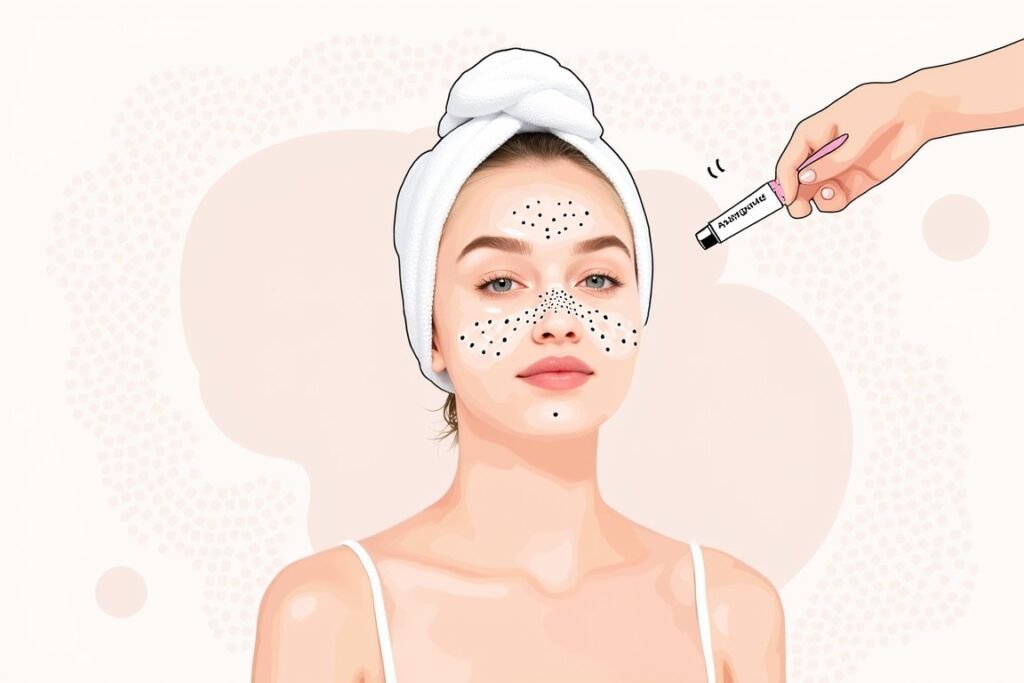Imagine carving through fresh powder on a sun-drenched mountain, the cool wind rushing past as you navigate the slopes with ease. Snowboarding is not just a sport; it’s an exhilarating dance with nature that demands both skill and the right attire. Whether you’re a seasoned pro or a beginner eager to make your mark, the importance of dressing appropriately for snowboarding cannot be overstated.
The right outfit not only enhances your performance but also ensures your safety and comfort, allowing you to focus on the thrill of the ride. As we delve into the nuances of snowboarding attire, we will explore universal tips that transcend gender, delve into specific considerations for women and men, and discuss how weather conditions and your skill level can influence your clothing choices.
Additionally, we will highlight common pitfalls to avoid and emphasize the significance of accessories—from helmets to goggles—that complete your ensemble. Prepare to be inspired by outfit examples that marry warmth, safety, and style, ensuring you hit the slopes with confidence and flair. Whether you’re braving blizzards or basking in bright winter sun, your snowboarding attire is your armor against the elements, a crucial component of your mountain adventure.
Key info:
- The proper snowboarding outfit is crucial for safety, comfort, and performance on the slopes.
- Layering clothing is essential to regulate body temperature and protect against weather conditions.
- Clothing should be well-fitted but not restrict movement, allowing freedom while riding.
- Choosing the right materials, such as Gore-Tex, ensures water and wind resistance and enhances performance.
- Adapting your outfit to your skill level and the terrain increases comfort and safety while snowboarding.
Contents
Why is the outfit for snowboarding so important?
Choosing the right outfit for snowboarding is crucial, impacting safety, comfort, and performance on the slopes. Here are key reasons why an appropriate snowboarding outfit is essential:
- Safety: Proper gear, such as helmets and padded clothing, provides protection against falls and collisions. High-quality snowboarding outfits are designed to reduce the risk of injuries.
- Comfort: Snowboarding requires flexibility and movement. Well-fitted and breathable clothing keeps you warm while allowing freedom of movement, ensuring you stay comfortable throughout your ride.
- Performance: Specialized materials like Gore-Tex offer water and wind resistance, preventing moisture from penetrating your clothing. This ensures optimal performance, as dry and warm gear enhances focus and agility.
General rules – universal clothing tips for everyone
When preparing for a snowboarding adventure, certain clothing principles apply universally, regardless of gender. Start with layering; it is essential for regulating body temperature.
Begin with a moisture-wicking base layer to keep sweat away from the skin, followed by an insulating mid-layer, and finish with a waterproof and windproof outer layer. Opt for materials like merino wool or synthetic fabrics for the base layer, as they efficiently manage moisture.
For the mid-layer, fleece or down provides excellent insulation. The outer layer should be made of materials like Gore-Tex that offer both water and wind resistance, ensuring you remain dry and protected against harsh weather conditions.
Additionally, pay attention to fit; clothing should be snug but not restrictive, allowing for optimal movement. Finally, ensure all zippers, seams, and closures are well-sealed to prevent moisture ingress, enhancing both warmth and safety on the slopes.

How to dress for snowboarding as a woman
When dressing for snowboarding as a woman, it’s essential to balance comfort, fit, and style. Women’s snowboarding outfits should cater to different body shapes and personal preferences while still providing the necessary protection against the elements.
Prioritize clothing that offers a tailored fit, allowing freedom of movement without being overly loose or restrictive. Consider styles that reflect personal preferences, whether it be bold patterns or subtle hues.
Pay attention to aspects like waist adjustments and articulated knees, which can enhance comfort and flexibility. Additionally, always prioritize personal comfort by choosing fabrics that feel good against the skin and accommodate any additional layers needed for warmth.
Here is a list of recommended clothing items for women:
- A moisture-wicking base layer top and leggings
- An insulated mid-layer, such as a fleece jacket or down vest
- A waterproof and windproof jacket with a feminine cut
- Snow pants with adjustable waists and reinforced cuffs
- Thermal socks designed for snow sports
- Gloves or mittens with insulation and grip
- A neck gaiter or scarf for added warmth
How to dress for snowboarding as a man
When preparing for a snowboarding adventure, men should focus on selecting attire that combines durability, functionality, and personal style. Snowboarding clothing for men must withstand the harsh elements while offering protection and ease of movement.
Consider choosing garments made from robust materials that can handle abrasion and impact, as durability is key in extreme conditions. Functionality is also crucial; look for features such as ventilation zippers, adjustable cuffs, and reinforced seams to enhance performance.
Style should not be overlooked; opt for pieces that resonate with your personal taste, whether it’s classic neutrals or vibrant prints.
Here is a bullet list of essential clothing items for male snowboarders:
- A moisture-wicking base layer top and thermal leggings
- An insulated mid-layer, like a synthetic or wool sweater
- A waterproof and breathable jacket with a rugged design
- Snow pants with reinforced knees and seat
- High-performance snowboarding socks
- Insulated gloves with a good grip
- A warm beanie or balaclava for head protection

Snowboarding outfit and the weather
When it comes to snowboarding, the weather plays a significant role in determining the appropriate attire. Adjusting your outfit based on temperature, wind, and precipitation is essential to ensure comfort and safety on the slopes.
Cold temperatures require additional insulation, while milder days might call for lighter layers. Wind can expose you to chill, necessitating windproof clothing, whereas precipitation demands waterproof gear to keep dry.
Below is a table that outlines outfit recommendations for various weather scenarios:
| Weather Condition | Temperature | Recommended Outfit |
|---|---|---|
| Sunny and Cold | -5°C to 0°C | Base layer, insulated mid-layer, waterproof jacket, snow pants, warm gloves, beanie |
| Cloudy and Mild | 0°C to 5°C | Light base layer, mid-weight jacket, breathable snow pants, lightweight gloves |
| Windy | -5°C to 5°C | Windproof jacket, thermal base layer, wind-resistant pants, insulated gloves |
| Snowy | -5°C to 2°C | Waterproof jacket and pants, moisture-wicking base layer, insulated gloves, balaclava |
| Rainy | Above 0°C | Waterproof shell, quick-dry base layer, waterproof pants, waterproof gloves |
Being prepared for varying weather conditions by adjusting your snowboarding outfit ensures an enjoyable and safe experience, allowing you to focus on the thrill of the ride.

Match your outfit to your level and terrain
Matching your snowboarding outfit to your experience level and the terrain you’ll be tackling is crucial for both performance and comfort. Different skill levels and terrains demand specific gear adjustments. Here’s how your outfit might vary:
- Beginners: New snowboarders should prioritize comfort and warmth as they spend more time on the ground. Opt for a padded jacket and pants to cushion falls, along with protective wrist guards and knee pads. A helmet is essential for safety.
- Advanced: Experienced riders, who often tackle challenging slopes, require flexible clothing that allows for a full range of motion. Lightweight, breathable layers help regulate body temperature, while a durable shell jacket provides protection without bulk.
- Groomed Terrain: For those sticking to well-maintained runs, focus on insulated layers that maintain warmth, especially in cold weather. Regular-fit pants offer comfort and ease of movement.
- Backcountry and Powder: Venturing off-piste demands waterproof and windproof outerwear to protect against deep snow and unpredictable weather. Layers that offer moisture-wicking properties are vital to stay dry during intense activity.
Aligning your outfit with your skill level and the terrain not only enhances your snowboarding experience but also helps prevent injuries and discomfort, ensuring you make the most of your time on the slopes.

Common outfit mistakes
Avoiding Common Outfit Mistakes is key to enjoying your snowboarding experience to the fullest. Many enthusiasts, both novice and experienced, often commit errors in their attire that can compromise safety and comfort. Here are some frequent missteps and how to circumvent them:
- Wearing Cotton: Cotton absorbs moisture, leading to discomfort and increased cold risk. Opt for synthetic or wool layers that wick moisture away.
- Ill-fitting Gear: Oversized or too-tight clothing can restrict movement or fail to provide adequate warmth. Choose gear that fits well to maintain flexibility and insulation.
- Insufficient Layering: Underestimating weather conditions can result in inadequate warmth. Employ a three-layer system: moisture-wicking base, insulating middle, and protective outer layer.
- Ignoring Weather Conditions: Weather can change rapidly in mountainous areas. Equip yourself with adaptable clothing such as removable liners and adjustable vents.
- Neglecting Accessories: Essential accessories like helmets and goggles are sometimes overlooked. These items are crucial for protection and visibility on the slopes.
By addressing these outfit blunders, you not only enhance your performance but also ensure a safer, more comfortable snowboarding adventure. Prioritize gear that meets the demands of both your skill level and the environment, and you’re sure to have an enjoyable experience on the slopes.
Pay attention to accessories – helmet, goggles, fragrance
Outfit examples – inspiration
- Classic Monochrome Look:
- Jacket: Jet black with subtle reflective details for added visibility.
- Pants: Sleek, insulated black trousers offering excellent mobility.
- Accessories: Black beanie and matching gloves for a unified aesthetic.
- Optional: Add a pop of color with neon green goggles to break the monotony.
- Vibrant Color Block Style:
- Jacket: Bold red with contrasting navy blue accents for a striking appearance.
- Pants: Bright yellow to complement the red, ensuring you stand out on the slopes.
- Accessories: Navy blue scarf and gloves to tie the color scheme together.
- Optional: A pair of mirrored goggles to reflect your vibrant personality.
- Earthy Tones Ensemble:
- Jacket: Deep forest green with a durable, water-resistant finish.
- Pants: Earthy brown, designed for both style and functionality.
- Accessories: Olive green hat and tan gloves for a harmonious look.
- Optional: Wooden watch for a natural element to complement the theme.
- Minimalist White Out:
- Jacket: Pure white with a clean, minimalist design.
- Pants: Crisp white, offering a seamless match with the jacket.
- Accessories: White helmet and gloves for a cohesive, all-white outfit.
- Optional: Silver goggles to add a touch of elegance and modernity.

What to wear snowboarding for warmth and safety
To ensure warmth and safety while snowboarding, selecting the right clothing involves strategic layering and choosing the appropriate materials. Start with a moisture-wicking base layer made from synthetic fibers like polyester or natural ones such as merino wool. These materials efficiently wick away sweat, keeping the skin dry and reducing the risk of hypothermia.
Over the base layer, add an insulating layer crafted from fleece or down. This layer traps body heat, providing essential warmth in cold conditions.
For the outer layer, opt for a waterproof and windproof jacket and pants. Look for garments made from materials like Gore-Tex or eVent, which offer excellent weather resistance while maintaining breathability. These fabrics protect against snow and wind, crucial for maintaining body temperature and preventing skin exposure to harsh elements.
Safety is paramount, so invest in high-quality protective gear. A helmet is essential to protect against head injuries, while wrist guards can prevent common snowboarding injuries. Don’t forget to wear impact shorts with padding to shield your hips and tailbone. Additionally, well-fitted goggles with UV protection are necessary for clear vision and shielding your eyes from harmful sun rays and snow glare.
To complete your snowboarding outfit, accessorize with thermal gloves, a neck gaiter, and a beanie. Ensure your gloves are insulated and waterproof to keep your hands warm and dry. A neck gaiter provides protection against wind chill, while a beanie under your helmet adds an extra layer of warmth.
By following these guidelines, you can stay warm, safe, and comfortable while enjoying your time on the slopes.










